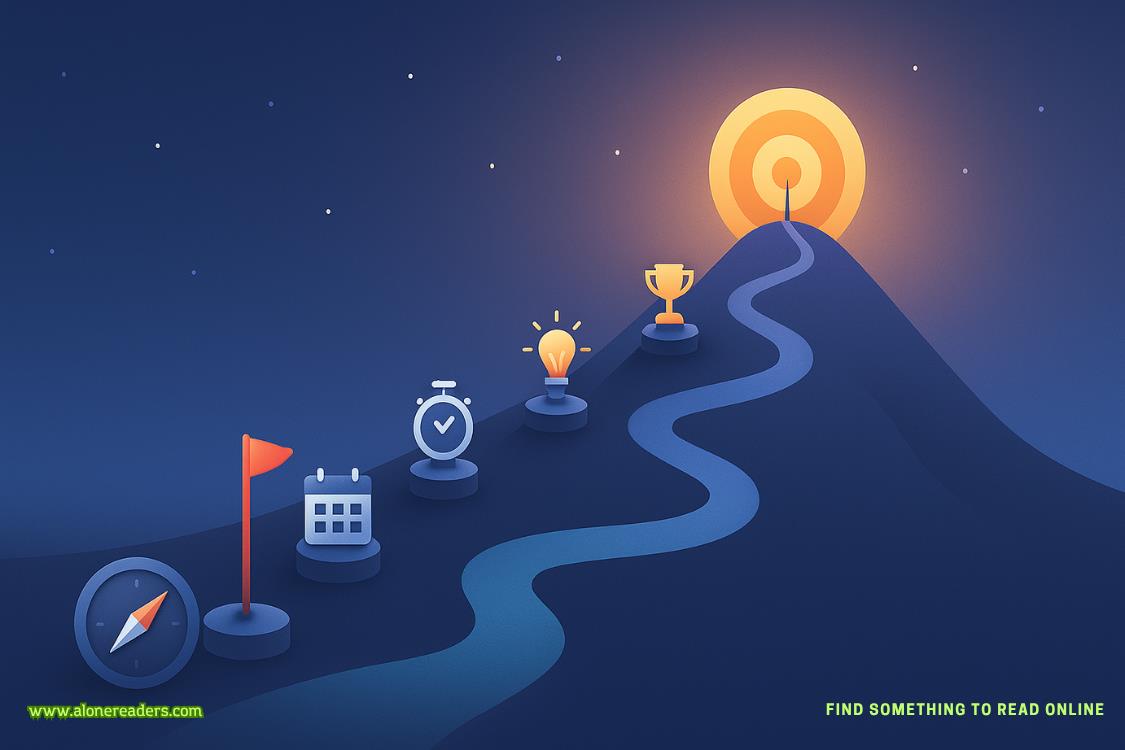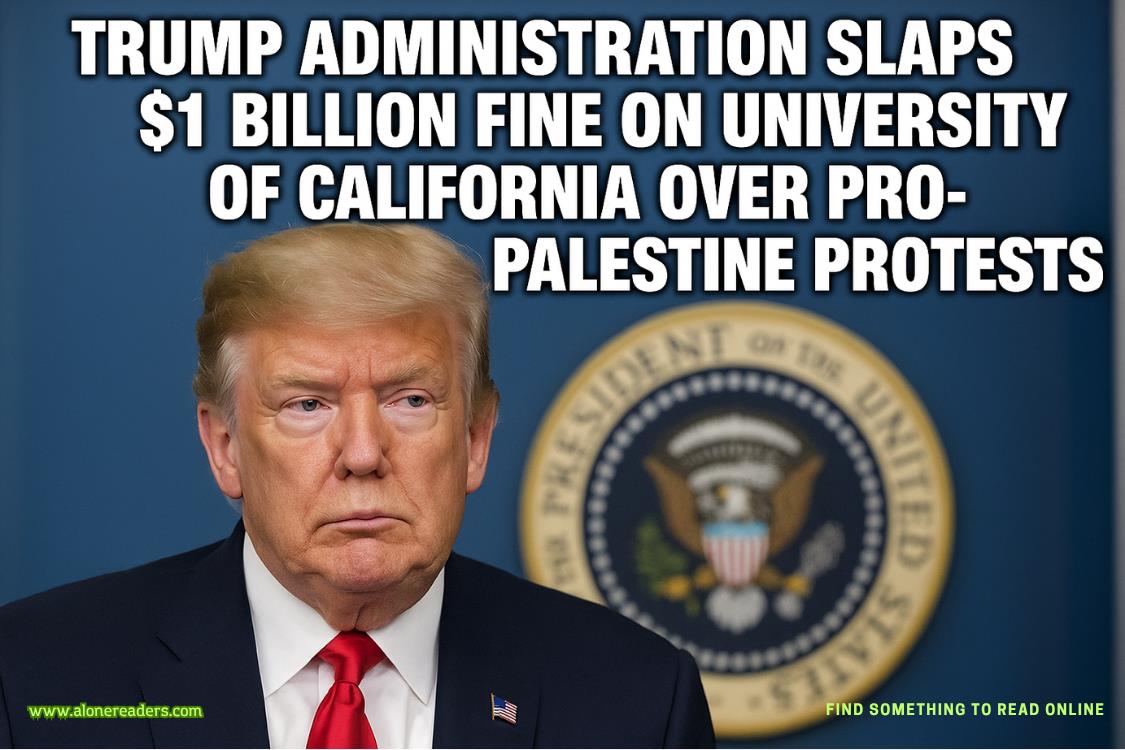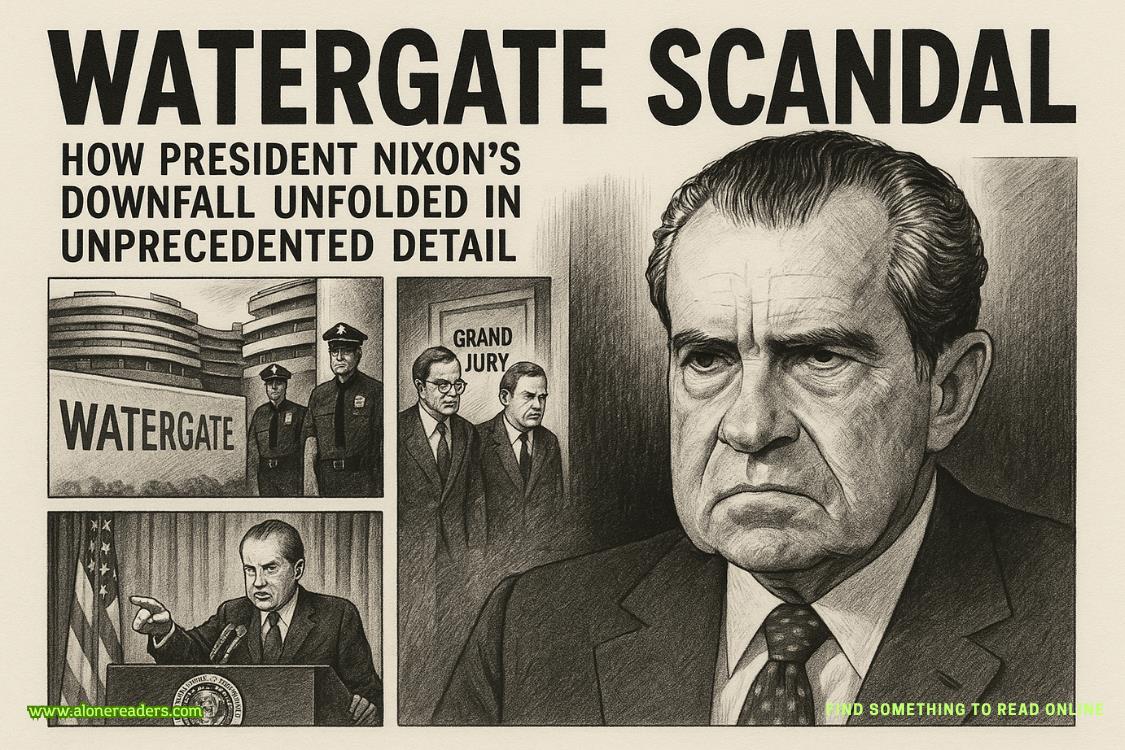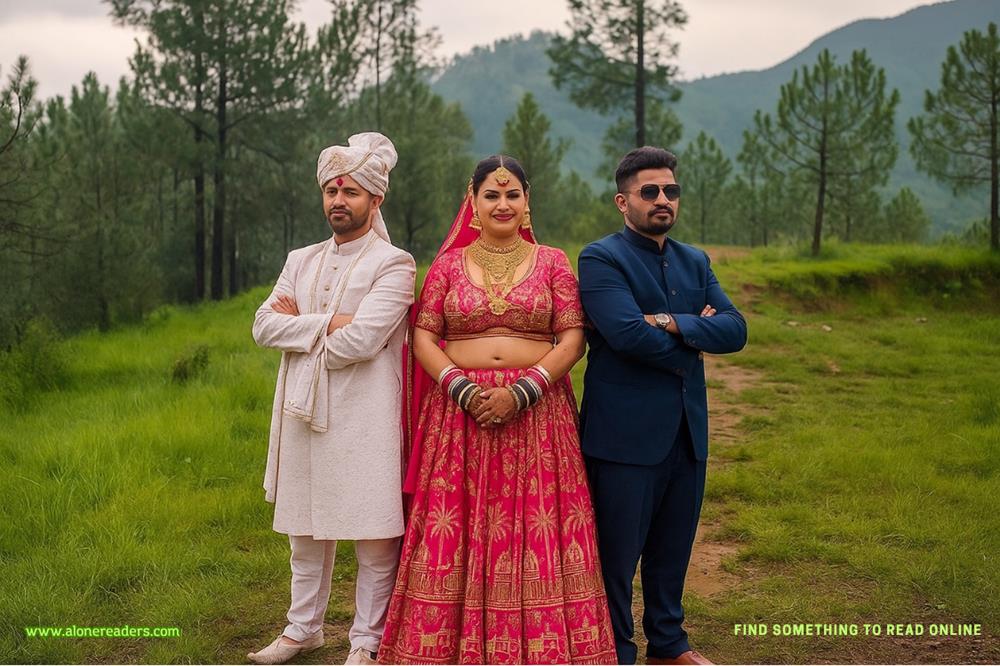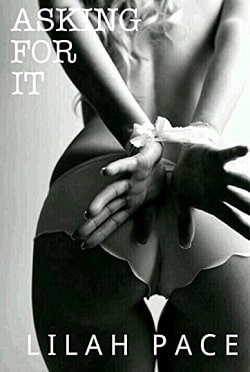"Exactly! Some kids want to be right in the middle of everything. Others need quiet corners." She flips through another book. "And itshould feel like a discovery every time, even when they've been there a hundred times before."
I open my portfolio and pull out refined sketches of the tree design. "I've been thinking about sightlines. The structure needs to allow staff to monitor without making kids feel watched."
Molly leans closer to examine the drawings, her shoulder nearly touching mine. I catch the scent of something floral and warm—her shampoo, maybe.
"This is brilliant," she says, tracing the outline of a reading pod nestled among the branches. "You've created privacy without isolation."
I find myself watching her face as she studies the sketches, the way her expressions shift with each new detail she discovers. There's something refreshing about her unfiltered reactions. It's so different from clients who maintain poker faces to negotiate better terms.
"What about these cubbies?" She points to small spaces built into the trunk. "What did you envision here?"
"Book return slots," I explain. "Kids can 'return' books to the tree itself, then staff can collect them from the back panel."
"Oh! Like feeding the tree with stories. The children will love that." Her smile is radiant. "You really understand how they think."
I shrug, uncomfortable with the praise. "My grandfather taught me to consider how people interact with spaces. He said furniture should invite, not intimidate."
"Your grandfather sounds wise. Was he a woodworker too?"
"Third-generation. Started teaching me when I was six." I hesitate, then add, "This workshop was his. Been in the family since 1952."
Molly's eyes soften. "That's beautiful. A real legacy." She pauses, then asks gently, "Is he the one who used to read to you? You mentionedWhere the Wild Things Areduring your interview."
The memory surfaces: Grandpa's rough hands holding the book carefully, his voice changing for each wild thing. The special bench he built just for our reading sessions.
"Yeah. Every day after school. Said stories were as important as sawdust in a proper woodshop."
"I love that." She smiles, then confesses, "My parents thought I'd grow out of my book obsession. When I announced I was getting my library science degree, my dad asked if I'd ever considered 'a real job with benefits.'"
I find myself smiling. "What did you tell him?"
"That helping children discover worlds between pages was the only benefit I needed." She laughs. "Then I showed him the health insurance package and he calmed down."
We fall into an easy rhythm after that, discussing practical aspects of the design. Molly has thought about everything: traffic flow, durability, accessibility for children with different needs. She shows me data on which books are most frequently checked out, which storytime themes draw the biggest crowds.
"The fairy doors," she says, pulling out her sketches again. "I was thinking they could be like little free libraries within our library. Each one could hold a single book that changes regularly—a surprise discovery."
"That's smart," I say, genuinely impressed. "We could design each door with a theme that hints at what might be behind it."
"Yes! Adventure, fantasy, science..." Her eyes light up with each possibility.
I begin sketching as she talks, refining the concept, adding details. It's been years since I've collaborated this way—most clients give general parameters and leave the creative decisions to me. But Molly's ideasenhance mine rather than redirect them. There's a synergy that feels natural, unforced.
After an hour of productive discussion, we move from concepts to logistics. I explain my timeline, material selections, installation process. Molly takes careful notes, asking thoughtful questions about how to prepare the space.
"One thing I'm concerned about," I admit, setting down my pencil, "is meeting everyone's expectations. This isn't just furniture. It's a community resource. If it doesn't work the way people hope..."
I trail off, surprised at myself for voicing the doubt that's been nagging at me since accepting the project.
Molly looks up from her notes, her expression serious for the first time. "I worry about that too. Every time I plan a new program or change something in the children's area, I'm terrified I'll disappoint them."
"How do you handle it?"
She considers this. "I remember that I'm not doing it for me. I'm doing it for them. And I trust that even if it's not perfect, the love behind it matters." She smiles slightly. "Children are remarkably forgiving when they know you care."
Her words settle something in me. "My grandfather used to say, 'Make it with heart, and the hands will follow.'"
"Exactly." She reaches across the table and briefly touches my arm—a gesture so natural it takes me by surprise. "And from what I've seen of your work, Cal, both your heart and hands are exceptional."







